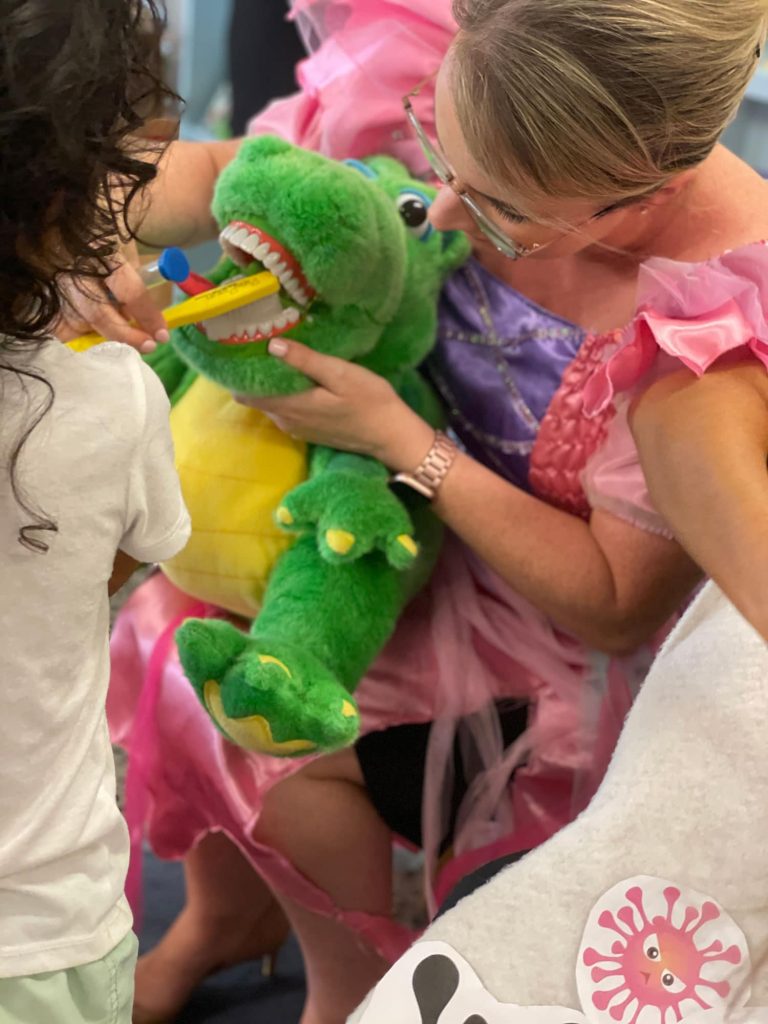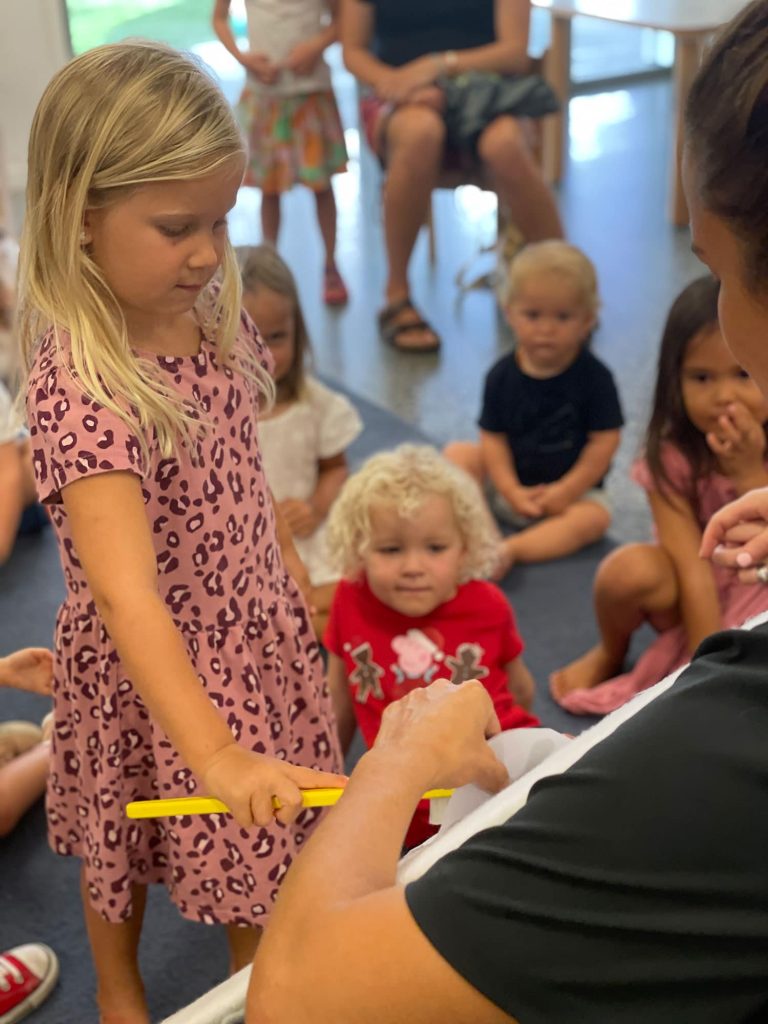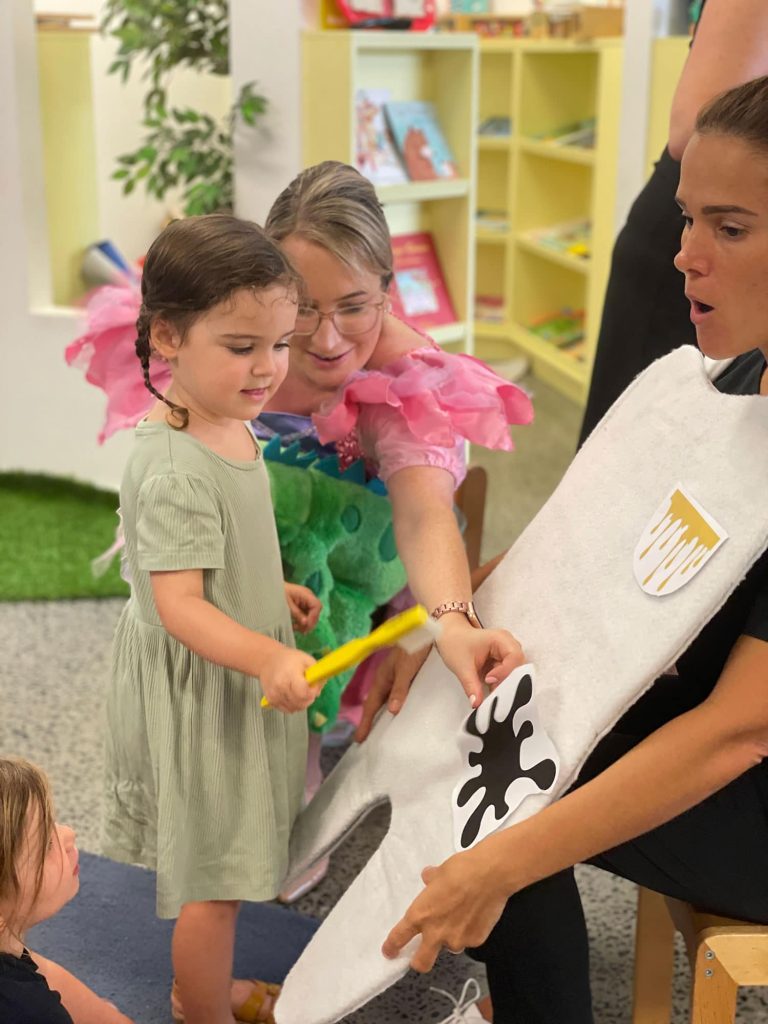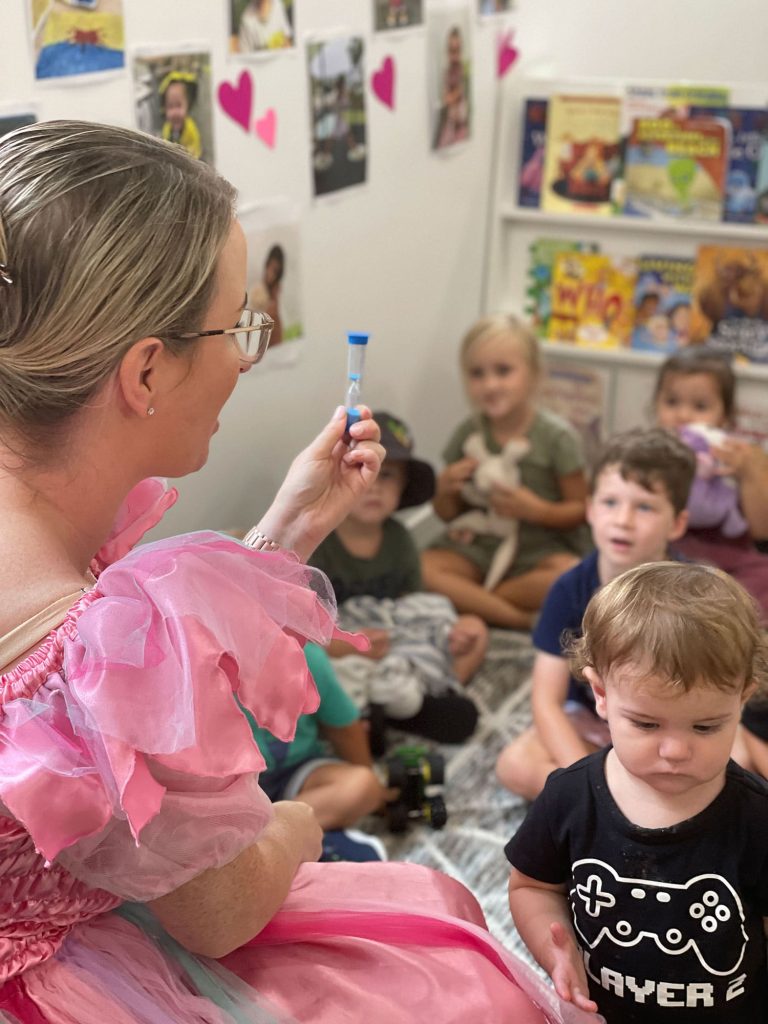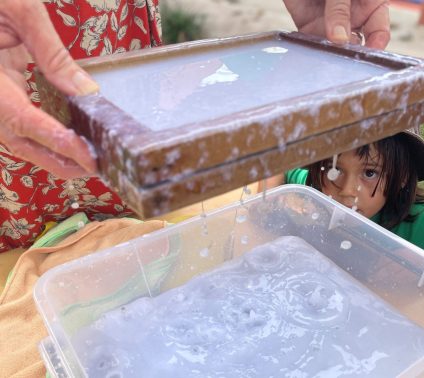Early Childhood Education • Special Visitor
How To Keep Children’s Teeth Healthy
31 Oct 2023
Strong teeth are key to children’s good health through childhood and into adulthood.
Start them off with healthy teeth right from the start with our expert tips from Casuarina Dental Family and Holistic Care. More than a third of all children have some tooth decay by the time they start school, according to the Australian Dental Association – ADA. That’s why it’s crucial to keep children’s teeth healthy right from the beginning.
“Children should start regular visits to a dentist when they are 12 months old, or when their first tooth comes through”, says Dr Maria Florou – Principal dentist from Casuarina Dental.
Below are some tips on keeping your children’s teeth healthy .
Help your kids brush their teeth
Baby teeth can arrive in any order. All 20 baby teeth usually arrive by three years. Start cleaning teeth as soon as they come through. Use a small, soft toothbrush or a clean, damp face washer to clean baby gums and all sides of each tooth. The 32 adult teeth replace baby teeth between the ages of 6 and 20 years. Brush teeth and gums twice a day, once in the morning and once at night before bed.
Children might try to brush their own teeth, but they need help with brushing until they’re about eight years old, Dr Maria says. Often children are ready to brush by themselves around the time they get their pen licence at school.
Brushing teeth: getting started
- Under 18 months, use only water for cleaning teeth. From 18 months to 6 years, use a pea-sized amount of low-fluoride toothpaste. From 6 years, use a pea-sized amount of adult fluoride toothpaste. Use a soft, small child’s toothbrush.
- Sit or stand behind your child in a brightly lit place, ideally in front of a mirror. This lets your child see what you’re doing. It’s easier to sit or even lie babies and toddlers on your lap.
- Use your free hand to support your child’s chin. Ask her to open up and say ‘ah’. Check for any signs of decay, like a white line or brown spots on the teeth close to the gums. Check for plaque build-up on teeth around the gum line.
Brushing teeth: steps
- Using small circular motions, brush all sides of each tooth and the gums. Brush backwards and forwards on all chewing surfaces.
- When brushing is finished, your child should spit out leftover toothpaste, but don’t rinse out his mouth. Rinse the brush, and put it somewhere clean to dry.
- Avoid giving your child sugary foods or drinks. Avoid giving your child a bottle of breastmilk or formula in bed. Always take away bottles after feeding.
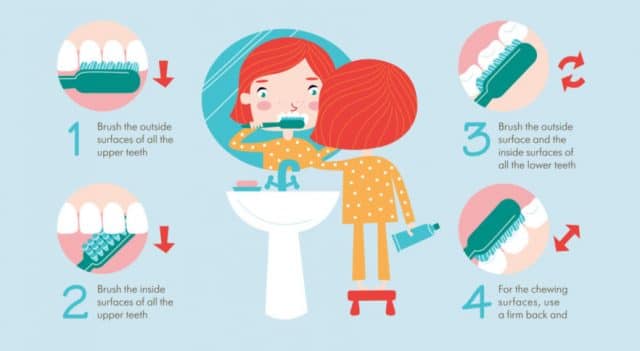
Good diet is key to healthy teeth
Children need a wide variety of food for healthy teeth and bodies.
As well as healthy meals full of vegetables, protein and complex carbohydrates, kids need healthy snacks between meals. A good start is to give them water instead of high-sugar soft drinks or flavoured milk.
Some healthy snack options include:
- Carrot and celery sticks
- Cheese cubes
- Plain crackers
Avoid giving kids too many unhealthy snacks such as:
- Biscuits
- Sweetened yoghurts
- Muesli bars
- Fruit juice
- Flavoured milk
- Soft drinks
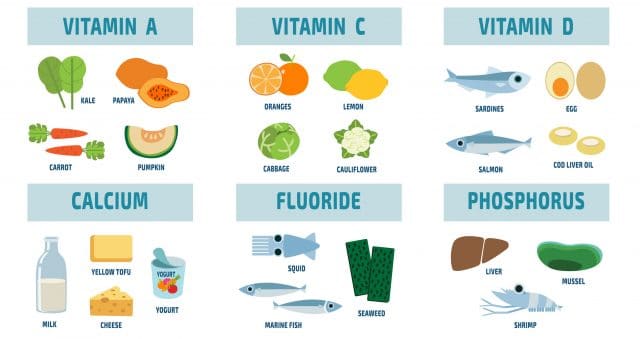
Start visits to the dentist early
It’s important to look after a child’s baby teeth, even though they do eventually fall out. If baby teeth are removed because of decay, it can cause problems with the way adult teeth develop. If decay causes them to be removed, it can cause crowding problems with their adult teeth emerge. So ensure they brush their teeth twice a day using a soft-bristled toothbrush and a pea-sized amount of fluoride toothpaste, which they shouldn’t swallow, remembering to brush for at least two minutes at a time. Try using an egg timer to make keeping time fun for your child. Flossing, with parental assistance until the age of 10 or when they are deft enough to do it themselves, should start as soon as children have two teeth in contact.
“That first dental visit is important because there are things that can be done to prevent tooth decay and other potential oral problems. It’s a really important time for the dentist to give the parent important advice for their child.”
Research is now showing that early habits and behaviours around oral health can have a life-long impact on health.
Visit the dentist every six months
Children should see a dentist every six months, Dr Florou says. Some children might need to go more often, and others less frequently.
Search for signs:
- While you help your child to brush, check for any signs of decay.
- Is your child mouth breathing?
- Is your child snoring ?
- Observe if your child often keeps lips apart during day or during sleeping time.
- Three out of four children have crooked teeth and incorrectly developing jaws.
As parents, we can notice our child’s crooked teeth from an early age, sometimes as young as three. Open lips means low tongue posture and weak chewing muscles. Nose breathing is essential for quality sleep cycle, mental health and optimum facial growth
Dental costs may be covered
Dental care is commonly included in most of the private health insurance extras cover.
Most extras cover includes a range of dental procedures, including:
- Preventative treatments
- Dental examinations
- Scale and clean
- Extractions
- Fillings
- X-rays
If your family doesn’t have private health insurance, Casuarina Dental team is ready to help you to find out if you are eligible for a subsidised dental service. If you receive federal government benefits such as Family Tax Benefit A or Parenting payment, you are eligible for up to $1013 in dental visits over two years under the Child Dental Benefits Schedule.
As a part of our education program here at Kool Beanz Academy we encompass all areas including health and wellbeing. Lucky to have the guidance from our friends over at Casuarina Dental – Family and Holistic Care the children of our Casuarina centres experienced a visit from the tooth fairy to teach them all about dental hygiene.
